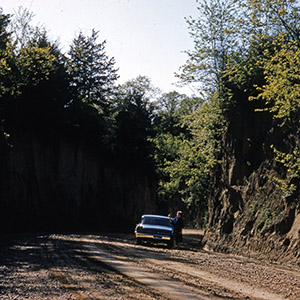 In many ways, these two recent albums (one physical, one digital only) are the quintessential works from Will Long’s Celer guise. Both Akagi and Soryu are expansive, lengthy single piece works that at times are so hushed and delicate to almost be imperceptible, yet they remain compelling and beautiful from beginning to end.
In many ways, these two recent albums (one physical, one digital only) are the quintessential works from Will Long’s Celer guise. Both Akagi and Soryu are expansive, lengthy single piece works that at times are so hushed and delicate to almost be imperceptible, yet they remain compelling and beautiful from beginning to end.
Two new shows just for you. We have squeezed out two extended release episodes for this weekend to get you through this week. They contain mostly new songs but there's also new issues from the vaults. The first show features music from Rider/Horse, Mint Field, Robert Aiki Aubrey Lowe, Anastasia Coope, ISAN, Stone Music, La Securite, Bark Psychosis, Jon Rose, Master Wilburn Burchette, Umberto, Wand, Tim Koh, Sun An, and Memory Drawings. The second episode has music by Laibach, Melt-Banana, Chuck Johnson, X, K. Yoshimatsu, Dorothy Carter, Pavel Milyakov, Violence Gratuite, Mark Templeton, Dummy, Endon, body / negative, Midwife, Alberto Boccardi, Divine. Cow in Maui from Veronika in Vienna. Get involved: subscribe, review, rate, share with your friends, send images! |



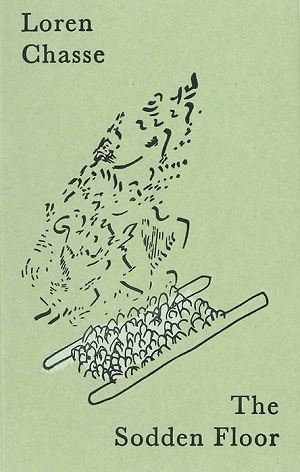 Presence and absence is a musically black and white affair. Either an instrument is present or it isn’t. A sound is buried in the mix or it’s up front and unavoidable. A recording can be clear or murky, not both, and though there are degrees of difference, those degrees exist exclusively on the presence side of the scale. The Sodden Floor, released last year by Loren Chasse in an edition of 100 cassettes, introduces shades of grey to that dichotomy. Over four songs, Chasse combines vaporous field recordings—of pipes, running water, stones, and humming glass—with abstract and sometimes eerie instrumental performances, on bells, drums, guitar, and melodeon. The low-key, atmospheric result is like listening to someone else’s dream. There’s heat and texture to the sights and sounds, but they are implied more than felt, veiled and kept out of reach behind layers of steam and oxidized memories.
Presence and absence is a musically black and white affair. Either an instrument is present or it isn’t. A sound is buried in the mix or it’s up front and unavoidable. A recording can be clear or murky, not both, and though there are degrees of difference, those degrees exist exclusively on the presence side of the scale. The Sodden Floor, released last year by Loren Chasse in an edition of 100 cassettes, introduces shades of grey to that dichotomy. Over four songs, Chasse combines vaporous field recordings—of pipes, running water, stones, and humming glass—with abstract and sometimes eerie instrumental performances, on bells, drums, guitar, and melodeon. The low-key, atmospheric result is like listening to someone else’s dream. There’s heat and texture to the sights and sounds, but they are implied more than felt, veiled and kept out of reach behind layers of steam and oxidized memories.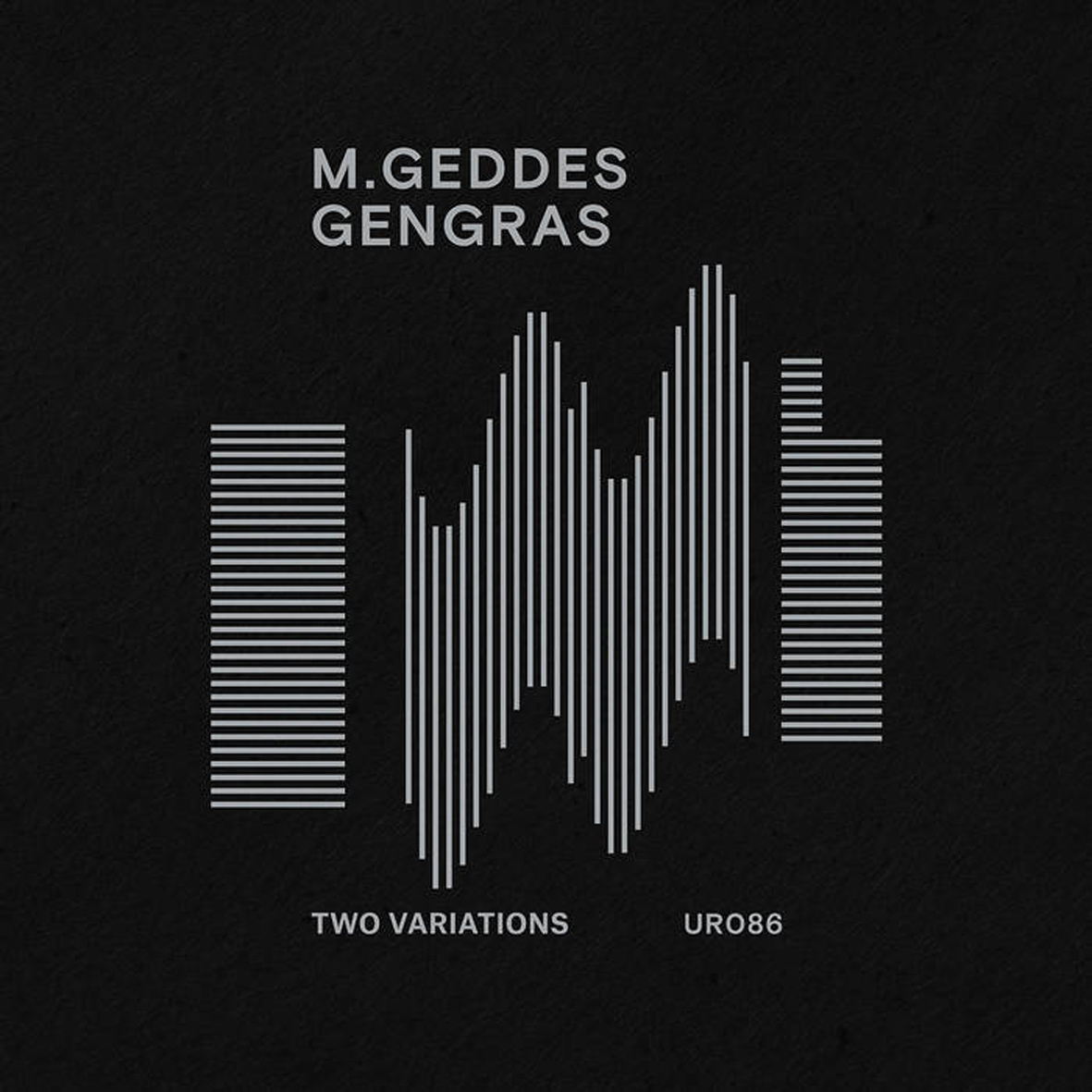 This latest release from LA's resident modular synth wizard continues Gengras's tradition of endless reinvention coupled with no small degree of tech-obsession.  Two Variations documents what are essentially three(!) variations of an elaborate and complex new patch that Gengras self-described as "two pairs of marimba mallets attached to a pair of dice."  While that might adequately summarize both the process and the degree of randomness involved, Two Variations still basically sounds exactly like a modular synthesizer album, albeit quite an inspired one, as these two extended pieces lie somewhere between sublime analog burbling and the antics of an especially unpredictable woodpecker.  Unfortunately, while the material is some of the strongest that Gengras has recorded in a while, Two Variations still feels more like a promising series of raw experiments than a definitive, perfected work in this new vein.
This latest release from LA's resident modular synth wizard continues Gengras's tradition of endless reinvention coupled with no small degree of tech-obsession.  Two Variations documents what are essentially three(!) variations of an elaborate and complex new patch that Gengras self-described as "two pairs of marimba mallets attached to a pair of dice."  While that might adequately summarize both the process and the degree of randomness involved, Two Variations still basically sounds exactly like a modular synthesizer album, albeit quite an inspired one, as these two extended pieces lie somewhere between sublime analog burbling and the antics of an especially unpredictable woodpecker.  Unfortunately, while the material is some of the strongest that Gengras has recorded in a while, Two Variations still feels more like a promising series of raw experiments than a definitive, perfected work in this new vein.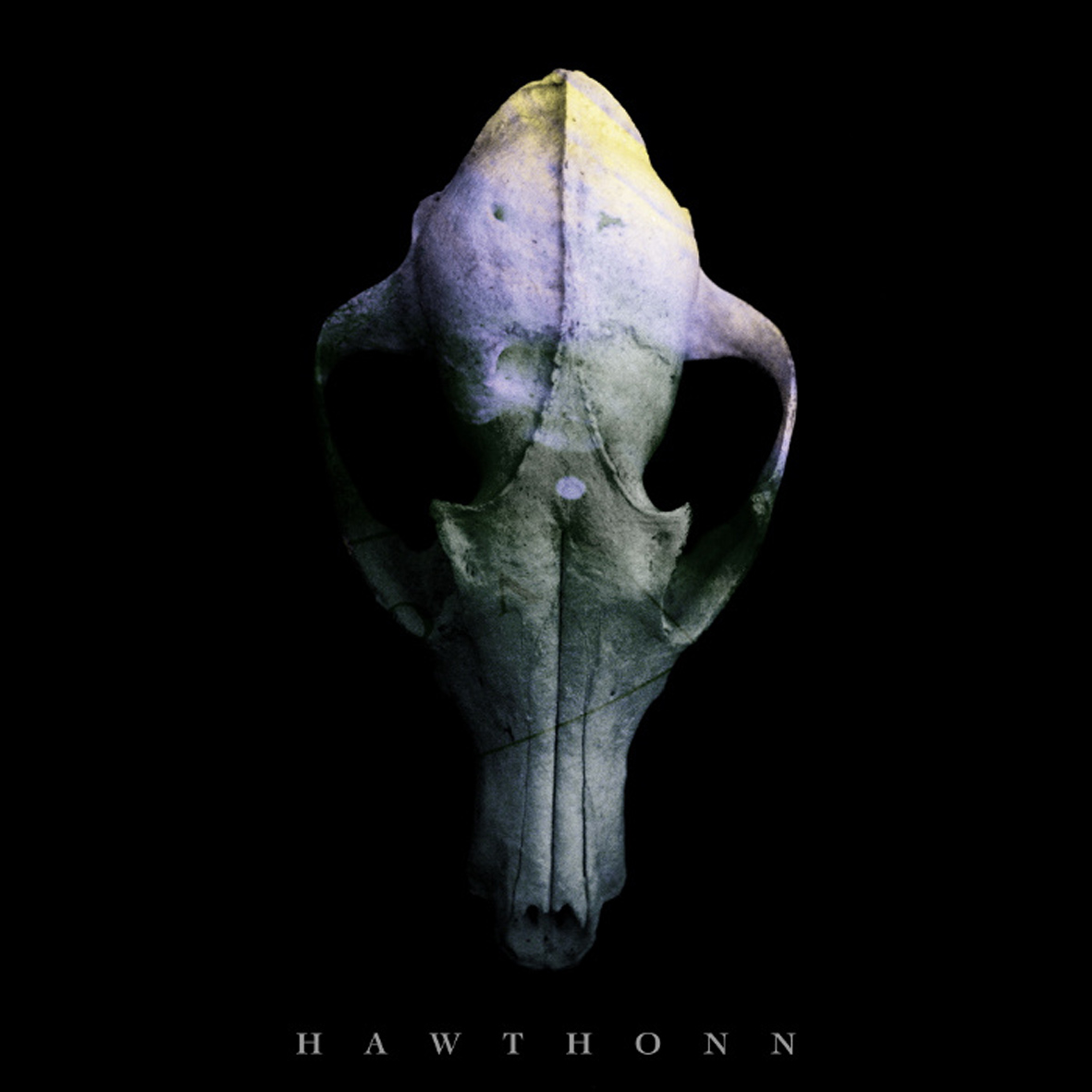 One of downsides to living in the United States is that it is hard to keep up with all of the great limited-release or self-released albums that are continually emerging from the fringes of the UK’s experimental music underground.  While it is not terribly difficult to keep tabs on more established artists like Cyclobe, Nurse With Wound, Richard Skelton, or Current 93, it is very easy for an artist like, say, Áine O'Dwyer to remain under my radar for far longer than I would have liked.  Yet another fine example is this deeply inspired and beautiful homage to Jhonn Balance from early last year recorded by Phil Legard (Ashtray Navigations, Xenis Emputae Travelling Band) and his wife Layla.  While it predictably has some Coil-esque attributes (subtly hallucinatory electronics, a healthy interest in paganism), the Legards admirably transcend those nods by mingling them with their own passions for traditional/early music, yielding a unique strain of ritualistic-sounding rural psychedelia (and one of 2015's most slept-on great albums).
One of downsides to living in the United States is that it is hard to keep up with all of the great limited-release or self-released albums that are continually emerging from the fringes of the UK’s experimental music underground.  While it is not terribly difficult to keep tabs on more established artists like Cyclobe, Nurse With Wound, Richard Skelton, or Current 93, it is very easy for an artist like, say, Áine O'Dwyer to remain under my radar for far longer than I would have liked.  Yet another fine example is this deeply inspired and beautiful homage to Jhonn Balance from early last year recorded by Phil Legard (Ashtray Navigations, Xenis Emputae Travelling Band) and his wife Layla.  While it predictably has some Coil-esque attributes (subtly hallucinatory electronics, a healthy interest in paganism), the Legards admirably transcend those nods by mingling them with their own passions for traditional/early music, yielding a unique strain of ritualistic-sounding rural psychedelia (and one of 2015's most slept-on great albums).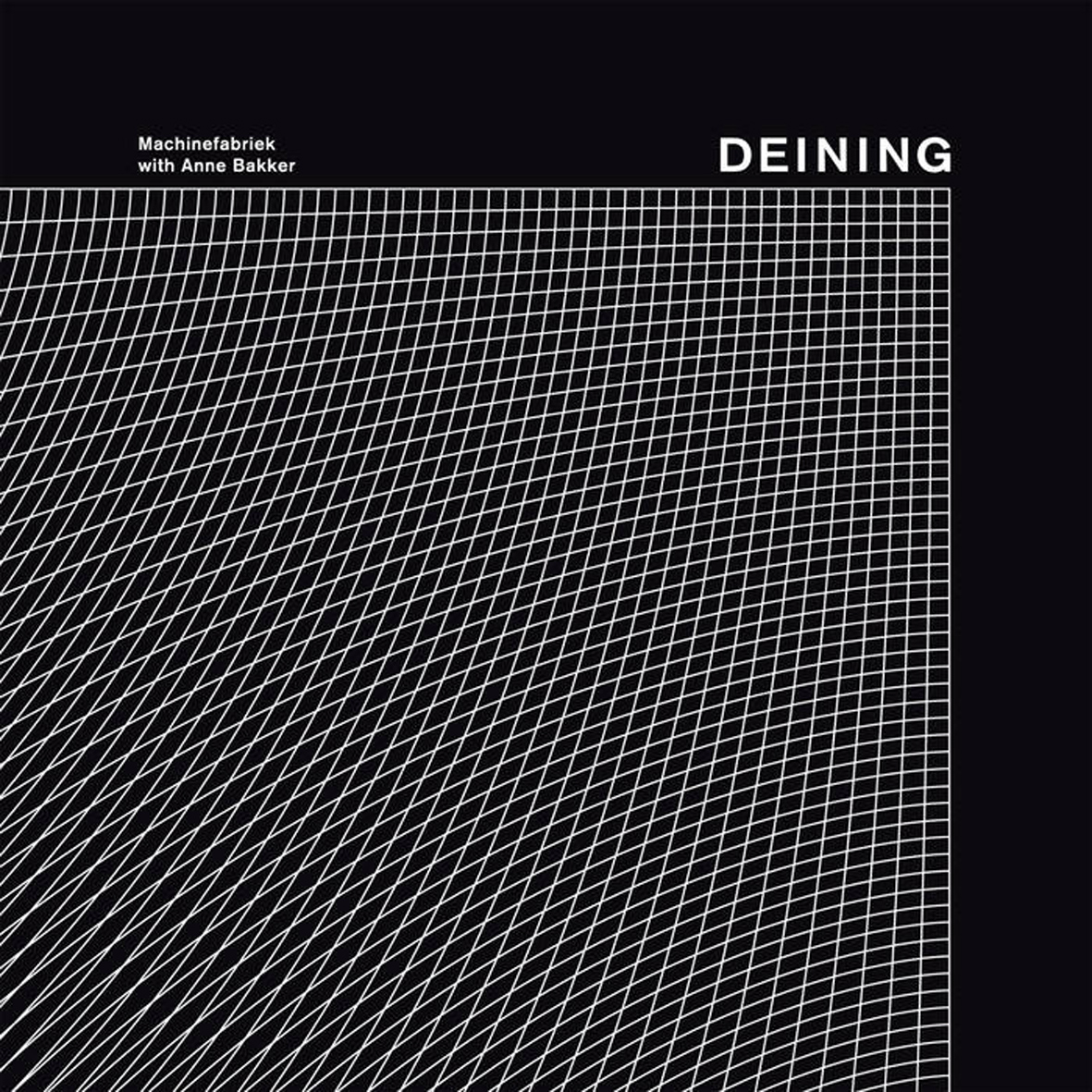 This collaborative EP with violinist Anne Bakker is a unique entry in Rutger Zuyderveldt’s vast discography, as it is a 26-minute tour de force of nerve-jangling tension and sliding dissonance.  Deining (translating as "heave" or "commotion") definitely falls quite unambiguously and unapologetically into the "this is art, not entertainment" category.  That probably will make it a hard sell for most people (Rutger himself understatedly observed that the piece is "a tad bitter"), but it is nevertheless quite a fascinating piece for those of us with an appreciation (and high tolerance) for shifting, uncomfortably close harmonies (there are a lot of those here).  Also, it is very hard not to admire the beautiful symmetry and simplicity of this uncompromising experiment.
This collaborative EP with violinist Anne Bakker is a unique entry in Rutger Zuyderveldt’s vast discography, as it is a 26-minute tour de force of nerve-jangling tension and sliding dissonance.  Deining (translating as "heave" or "commotion") definitely falls quite unambiguously and unapologetically into the "this is art, not entertainment" category.  That probably will make it a hard sell for most people (Rutger himself understatedly observed that the piece is "a tad bitter"), but it is nevertheless quite a fascinating piece for those of us with an appreciation (and high tolerance) for shifting, uncomfortably close harmonies (there are a lot of those here).  Also, it is very hard not to admire the beautiful symmetry and simplicity of this uncompromising experiment. Perpetual frontrunners Natural Snow Buildings and My Cat is an Alien aside, the single most unique and transcendental album of 2015 was this full-length debut from Würzburg-based experimental folk duo Brannten Schn
Perpetual frontrunners Natural Snow Buildings and My Cat is an Alien aside, the single most unique and transcendental album of 2015 was this full-length debut from Würzburg-based experimental folk duo Brannten Schn Following up 2014's Der Totenkopf and last year’s reissue of The New Crimes, Moreno Daldosso’s newest album draws from both his past and present works, resulting in a dark and disturbing record that largely manages to achieve Daldosso’s artistic vision, with the exception of a few missteps along the way.
Following up 2014's Der Totenkopf and last year’s reissue of The New Crimes, Moreno Daldosso’s newest album draws from both his past and present works, resulting in a dark and disturbing record that largely manages to achieve Daldosso’s artistic vision, with the exception of a few missteps along the way.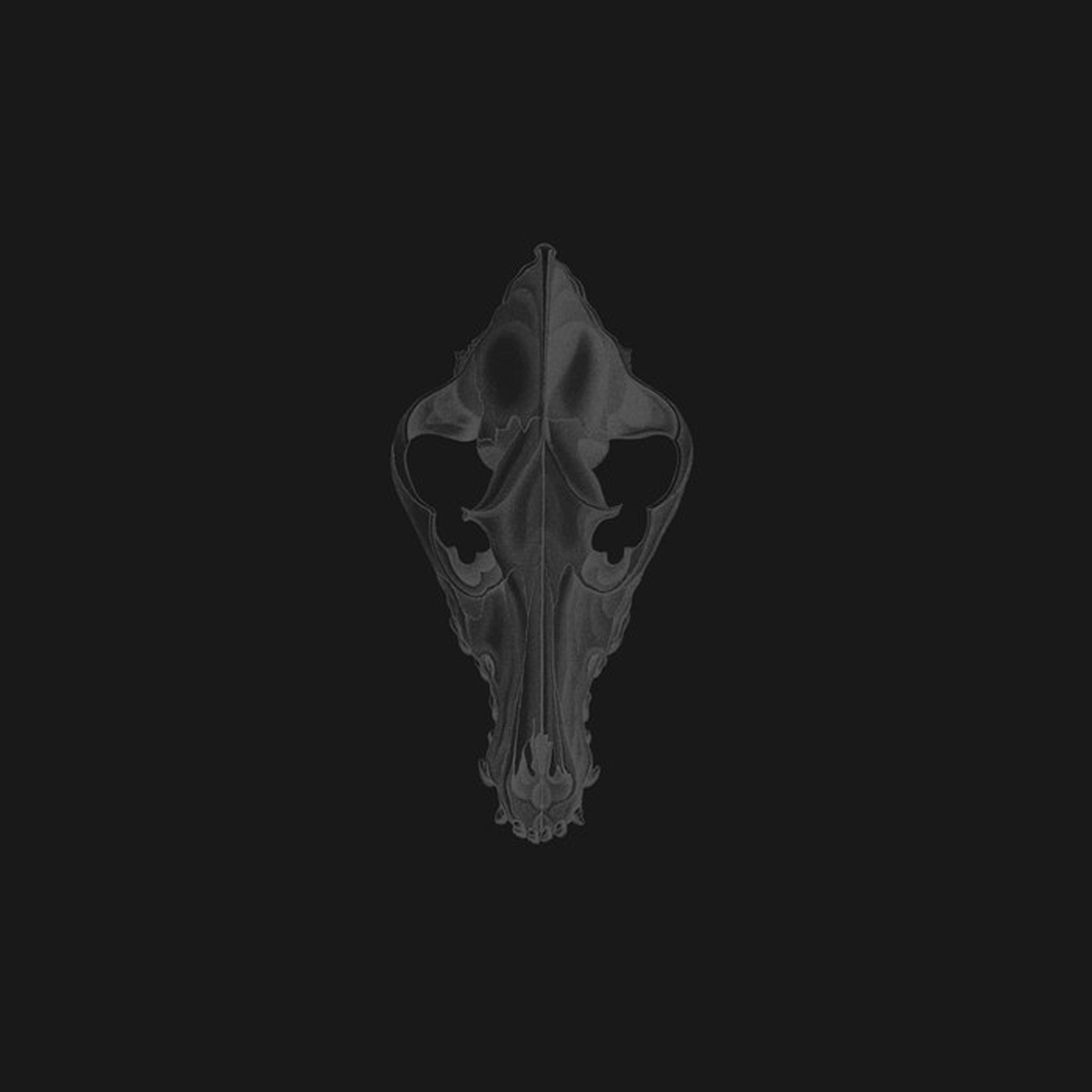 At this point, it is quite clear that The Inward Circles project is the home for Richard Skelton’s darker impulses, dealing primarily in brooding ambiance, churning violence, and grinding horror.  The big difference between Skelton and similar artists, however, lies in his scope and intensity.  This latest EP, a soundtrack to Skelton’s short film Beyond the Fell Wall, does not disappoint in those regards, as Skelton essentially creates an melancholy and spectral world, then ferociously rips it apart.  Unfortunately, it does not quite scale the heights of either The Inward Circles' debut or Skelton's amazing previous soundtrack (Memorious Earth), being a bit too short, bombastic, and single-minded to offer much more than a satisfyingly heavy catharsis.  It is still a solid and worthy release, but it is not quite "Richard Skelton" good.
At this point, it is quite clear that The Inward Circles project is the home for Richard Skelton’s darker impulses, dealing primarily in brooding ambiance, churning violence, and grinding horror.  The big difference between Skelton and similar artists, however, lies in his scope and intensity.  This latest EP, a soundtrack to Skelton’s short film Beyond the Fell Wall, does not disappoint in those regards, as Skelton essentially creates an melancholy and spectral world, then ferociously rips it apart.  Unfortunately, it does not quite scale the heights of either The Inward Circles' debut or Skelton's amazing previous soundtrack (Memorious Earth), being a bit too short, bombastic, and single-minded to offer much more than a satisfyingly heavy catharsis.  It is still a solid and worthy release, but it is not quite "Richard Skelton" good.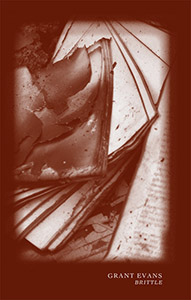 On this new tape, the prolific Evans draws from the styles he has worked in heavily before: noise, electro-acoustic, and ambient, but Brittle bears the mark of all without sounding like any one in particular. The two lengthy pieces cover a significant amount of sonic territory, and he makes remarkably diverse and complex compositions from a world of unidentifiable sound.
On this new tape, the prolific Evans draws from the styles he has worked in heavily before: noise, electro-acoustic, and ambient, but Brittle bears the mark of all without sounding like any one in particular. The two lengthy pieces cover a significant amount of sonic territory, and he makes remarkably diverse and complex compositions from a world of unidentifiable sound. This drab duo first emerged a few years back as bloodless hipster darlings, their aptly-titled 2013 Matador debut Impersonator overflowing with the sort of sentiments one might encounter in the first half of an Abilify commercial. Given frontman Devon Welsh’s incidental familial connection to the world of Twin Peaks, it’s mildly amusing how much of his gloomy music with Matthew Otto recalls Julee Cruise’s songs, albeit ones hastily covered by Coldplay.
This drab duo first emerged a few years back as bloodless hipster darlings, their aptly-titled 2013 Matador debut Impersonator overflowing with the sort of sentiments one might encounter in the first half of an Abilify commercial. Given frontman Devon Welsh’s incidental familial connection to the world of Twin Peaks, it’s mildly amusing how much of his gloomy music with Matthew Otto recalls Julee Cruise’s songs, albeit ones hastily covered by Coldplay.
